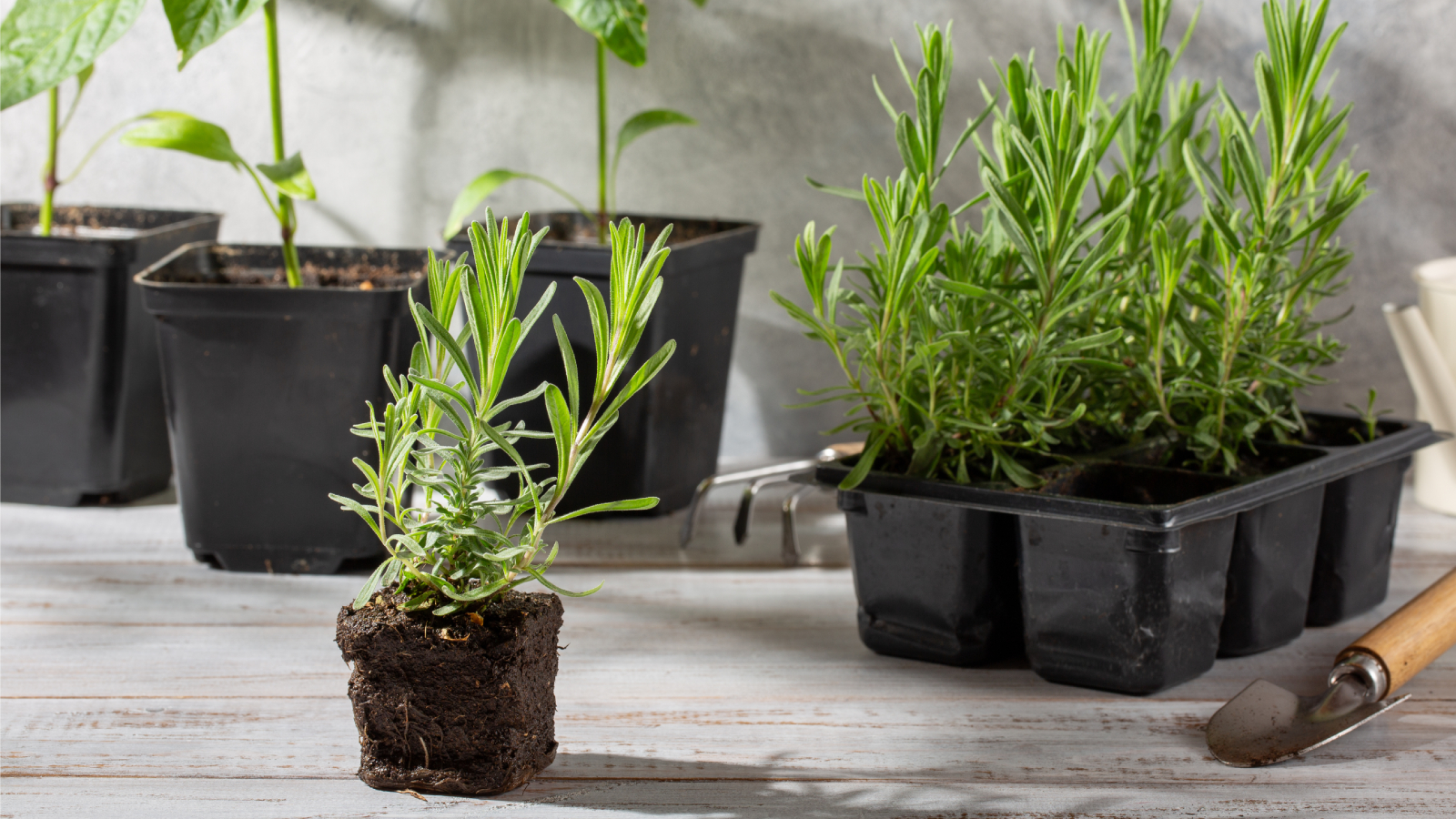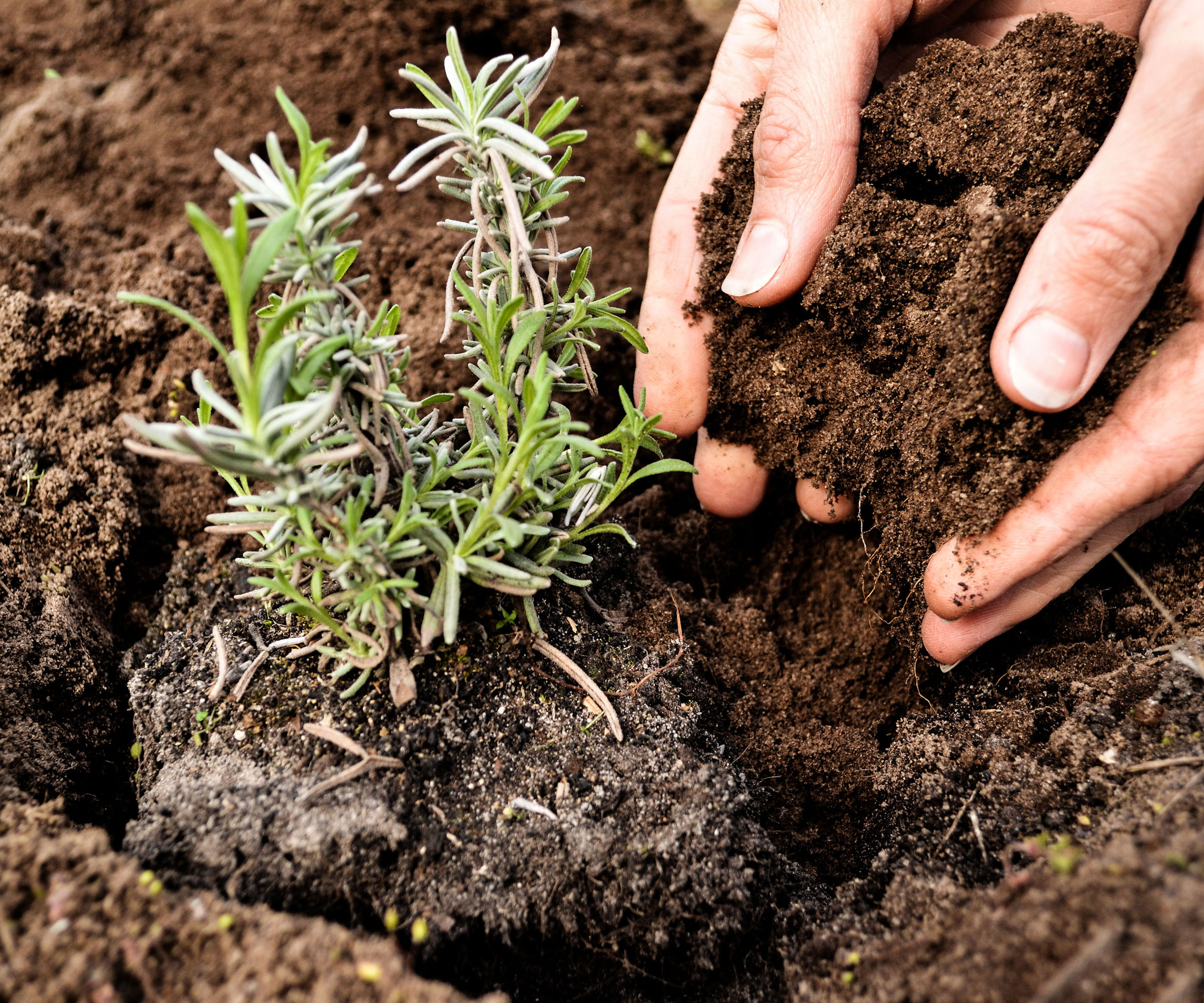How To Propagate Lavender: Easiest Ways To Grow More Of These Fragrant Flowering Herbs
Lavender is a great favorite of herb growers and learning how to propagate lavender lets you fill your garden with more of these beautiful, fragrant plants.

Laura Walters
If you've ever grown lavender, you've probably wondered how to grow more of these delightfully fragrant flowers for free. Thankfully, learning how to propagate lavender plants is as easy as growing these lovely, low-maintenance perennials.
Growing lavender is quite popular. Not only do lavender plants looks gorgeous in the garden, but the leaves and flowers of lavender plants are renowned for their fragrance and uses in food, beauty, and medicinal products. It's no wonder why you might want to propagate and grow more of these amazing plants.
Let's take a look at the best ways to propagate lavender and how you can grow more of these beautiful herbs at home.
Best Ways to Propagate Lavender
There are several ways to propagate lavender. You can propagate lavender from seed or divide lavender plants, though division is nearly impossible since lavender is a woody subshrub type herb.
If you're looking for a quick and easy way to grow more lavender plants for free, there are three basic methods that work best. Let's take a look at each one and the reasons to use one method versus another:
Softwood Cuttings
The process of propagating softwood cuttings generally refers to taking small segments of new plant growth, or that which has just begun to mature.
You can take this type of cutting from lavender plants in the spring and they will yield dependably good results. If you take cuttings early in the growing season, that allows ample time for each one to begin to root. Then you can pot out new lavender plants into individual containers.
Sign up for the Gardening Know How newsletter today and receive a free copy of our e-book "How to Grow Delicious Tomatoes".
You can continue to grow lavender in pots from your softwood cuttings or transplant lavender plants to an in-ground garden.

Hardwood Cuttings
Gardeners also find success growing lavender from hardwood cuttings. Hardwood stem segments are usually taken much later in the season, from mid-summer until fall. This is often ideal as more mature and woody lavender plants require a longer period for root development and establishment while outdoor conditions are cool.
Layering
Propagation by layering occurs by stretching or bending a living plant’s branches towards the ground and covering a small portion of the branch or stem with soil. Over time, leaf nodes in contact with the soil begin to grow roots.
You can propagate lavender easily this way. Branches with young shoots are the best candidates for layering, provided that soils are kept consistently moist throughout the entire season.
Best Time to Propagate Lavender
The best time to propagate lavender depends upon the technique. Propagating semi-hardwood cuttings, which includes softwood cuttings, is best done in the spring. They are much more likely to root at this time.
When rooting cuttings from lavender stems that are more mature, such as from hardwood cuttings, that's better done later in the season. This allows new plants to overwinter as roots develop.
How to Propagate Lavender from Cuttings
One of the most popular and easiest ways to propagate lavender is by cuttings. Here's a step-by-step guide to help you grow more lavender from cuttings:
1. Take Cuttings

Take cuttings of lavender by removing 6-8 inch (15-20 cm) long stems from the plant. Make each cut just below the nearest set of healthy leaves, at a 45-degree angle, the same way you would when pruning lavender plants.
While softwood cuttings should consist of fresher, green growth, those taken for hardwood propagation should be much more mature.
2. Trim Off Leaves

After taking cuttings, each piece needs to be properly prepared. This begins by stripping or removing any excess leaves from the stem. Remove any leaves that will be covered by soil as well, leaving only 1 to 2 sets of leaves at the top of each cutting.
3. Plant Cuttings

Next, it's time to plant your cuttings. If you like, you can first dip prepared cuttings into rooting hormone. Though this is not required, many find that the use of hormones aids in the rapid production of roots and helps improve your chances of success.
Plant cuttings into a well-draining potting mix in pots or seedling trays. You can make a hole first with a pencil or your finger, or you can gently push cuttings into the soil. Gently firm soil around the cuttings so they stand upright.
4. Water and Keep Moist

Once planted, water new lavender cuttings well. Throughout the rooting period, consistent moisture and humidity are key in encouraging root growth. You can mist cuttings with water to increase humidity around them or use a humidity dome or greenhouse to ensure conditions for rooting are ideal.
An easy way to increase humidity is to place a plastic baggie over top of your cuttings. If you're looking to propagate a lot of plants, it's a good idea is to invest in a specially designed humidity dome like this option from Amazon. The right tools make propagating and starting seeds in the spring so much easier. With a humidity dome like the one from Vego, you'll never have to worry about seeds or cuttings drying out again.
How to Propagate Lavender by Layering
To begin layering lavender plants, first select the stems you want to use. Near the base of the plant, dig a small trench. Carefully, bend the lavender to the ground and cover the prepared leaf nodes with soil.
Water newly layered plants well and make certain they receive consistent moisture throughout the season to help them root and grow.
Frequently Asked Questions
Can You Root Lavender Cuttings in Water?
Though it is possible to propagate lavender and root other herbs in water, rates of success may be unpredictable. Since many species of lavender are susceptible to rot, keeping each cutting healthy throughout the process can be difficult.
If you plan to try this technique, prepare your cuttings the same way you would for soil propagation and then place them in a glass of water. Replace water every other day to keep it clean and prevent rotting.
Can You Plant Lavender Cuttings Straight into the Ground?
Lavender cuttings can also be placed directly into the ground. However, conditions in the garden require closer monitoring to avoid the loss of cuttings. This includes careful attention to drainage, soil moisture levels, the potential for weed pressure, and damage caused by insects or browsing animals. Rooting lavender cuttings in container first is your best bet for success.

Jackie Carroll has written over 500 articles for Gardening Know How on a wide range of topics.
- Laura WaltersContent Editor

